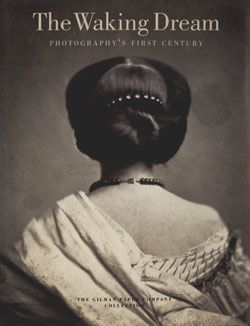Afternoon Constitutional of M. Prudhomme, Retired
André Kertész American, born Hungary
Not on view
Joseph Prudhomme was a character invented by the French caricaturist Henry Monnier in 1830. Emblematic of an entire class of French society, Prudhomme was the perfect bourgeois: set in his respect for institutions and conventions, rigid in his posture, and banal in his statements. In French, the name bears the connotations of both a prudent and a prudish man, and Kertész carries on the tradition in this portrayal. M. Prudhomme, now retired, is seen taking his afternoon constitutional, perhaps less for its benefit to his health than out of adherence to convention. We observe the meticulously dressed gentleman along the Quai d'Orsay, bowler in place, cane in tow, feet firmly planted on the ground, his attitude suggesting a wary aloofness of the two approaching proletarians.
Kertész might have led a similarly bourgeois life in Budapest had he continued his career begun in 1912 as a clerk in the stock exchange. That same year, however, he purchased his first camera, and rapidly developed an idiosyncratic style based on spontaneous yet analytic observation of fleeting, commonplace occurrences. In 1925, at the age of thirty-six, he emigrated to Paris, where his contributions to leading European newspapers and illustrated magazines signaled his new career. He became the first serious photographer to master the recently introduced 35mm Leica, initiating a style that would prove to be inspirational to Brassaï, Henri Cartier-Bresson, Robert Capa, and other artists and photojournalists to follow.
This image cannot be enlarged, viewed at full screen, or downloaded.


